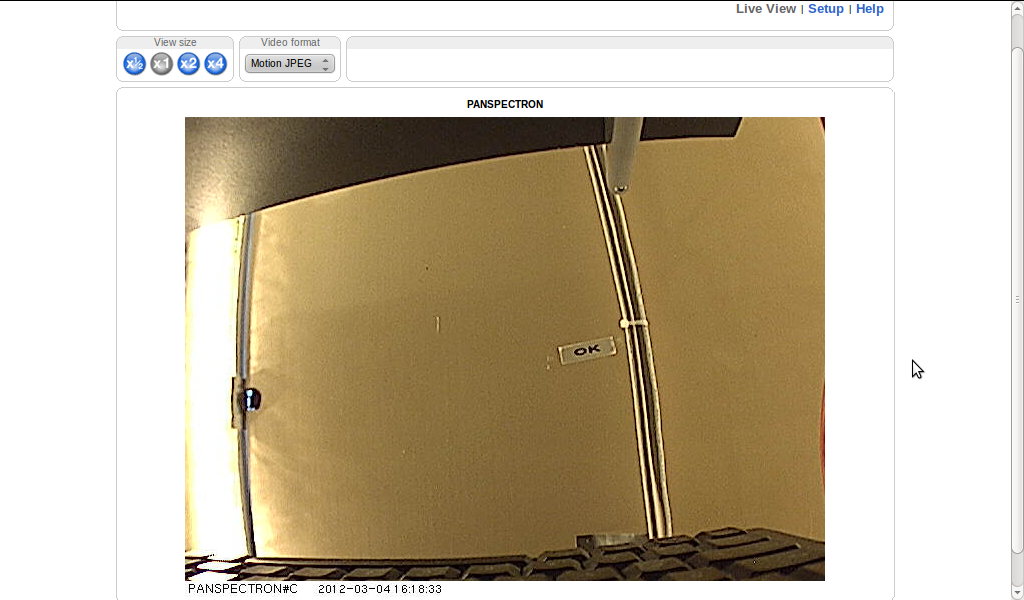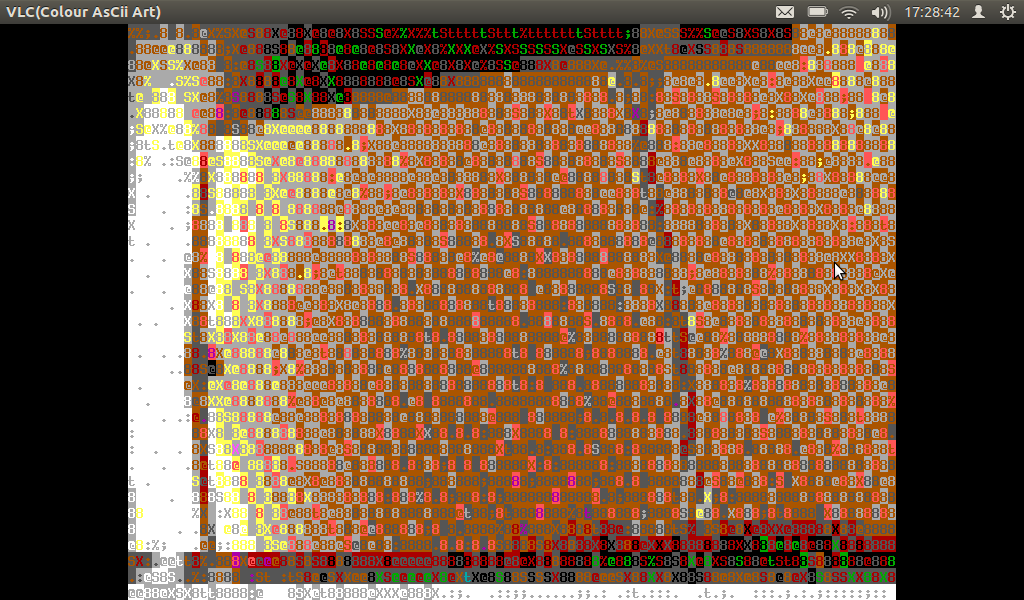CCTV
From Telecomix Crypto Munitions Bureau
Closed Circuit TV. or something. CCTV is another word for surveillance cameras and stuff connected to the cameras, like the monitoring equipment in the room where the guard sits.
Contents |
[edit] AXIS Communications CCTVs
Modern AXIS communications CCTVs are small embedded linux computers that typically connect to an 10/100 MBit/s ethernet LAN via a cord. They transmit their video streams as RTP or RTSP. The stream is also available through a web page.
[edit] Hardware
- A camera (duh)
- A very small circuit board
- ETRAX CPU (meaning: EVERYTHING needs to be compiled from scratch if you want to add your own programs.)
- Compiler for this platform is available through AXIS home page.
- At least two flash memories.
- One for storing temporary data (default seems to be that it is mounted as /etc)
- One for storing the default configuration
- Sometimes it has more flash memories (storing audio files/videos)
[edit] Software & development
- http://www.sealabs.net/seadog/2007/09/python-for-cris-etrax/
- http://camera.manualsonline.com/manuals/mfg/axis_communications_1/221_1.html
- http://developer.axis.com/download/compiler/
- http://developer.axis.com/old/documentation/old/software/apps/apps-howto.html
- ftp://ftp.axis.com/pub/axis/tools/cris/compiler-kit
- http://developer.axis.com/wiki/doku.php?id=axis:sdk
[edit] Tutorial
- Get your hands on an AXIS surveillance camera. (Please do not pay for it. We dont want to give moneys to the security industry.)
- Open the camera up. There is a reset button on the circuit board that will reset the flash memory. Press it for like 20 seconds.
- The default IP of the camera is 192.168.0.90.
- Default user/password is: root/pass.
- By default, the web page is up and running. Log in (http://192.168.0.90).
- If the actual camera in the camera is broken, you can log in via http://192.168.0.90/operator/basic.shtml
At the web page, you can give the camera a new IP, or make it autoconfig via DHCP.
Open the script editor (in System options->advanced -- see picture below) and modify /etc/inittab to allow telnet logins. Then reboot the camera.
[edit] Telnet
$ telnet 192.168.0.90 Trying 192.168.0.90... Connected to 192.168.0.90. Escape character is '^]'. 4.30 Linux 2.4.31 on a cris (16:25:20) PANSPECTRONC login: root Password: THROUGH THE LOOKING GLASS [root@PANSPECTRONC /]11303# cat /proc/cpuinfo processor : 0 cpu : CRIS cpu revision : 11 cpu model : ETRAX 100LX v2 cache size : 8 kB fpu : no mmu : yes mmu DMA bug : no ethernet : 10/100 Mbps token ring : no scsi : yes ata : yes usb : yes bogomips : 99.73 [root@PANSPECTRONC /]11303# uname -a Linux PANSPECTRONC 2.4.31 #1 Tue Nov 29 11:09:21 CET 2005 cris unknown [root@PANSPECTRONC /]11303# mount /dev/flash3 on / type cramfs (ro) /dev/flash2 on /mnt/flash type jffs2 (rw) proc on /proc type proc (rw) tmpfs on /var type tmpfs (rw) devpts on /dev/pts type devpts (rw) tmpfs on /var/cache/recorder type tmpfs (rw) [root@PANSPECTRONC /]11303#
The number ([root@PANSPECTRONC /]11303#) is the PID of the shell. (No idea why it prints that..)
[edit] Video streaming
If you do not want to ONLY look at the camera through the web interface (the camera can only handle like 2-10 connections), then its possible to capture the RTP stream. You can then re-broadcast the stream to more users than what just the camera alone can handle.
Normal video feed:
$ vlc rtsp://root:pass@192.168.0.90:554/mpeg4/media.amp
Converting the video stream into ASCII, if you are limited to terminal only:
$ cvlc -vout caca rtsp://root:pass@192.168.0.90:554/mpeg4/media.amp
If the above does not work, google it. The URLs are sometimes a bit different.
[edit] Security?
- The camera does not connect back home to AXIS communications unless you tell it to. IT SEEMS.
[edit] Pictures
Above is a picture of an AXIS CCTV inside a server closet.
Above is how you edit scripts.
Above is ASCII mode output of the same picture as above LOL :D




